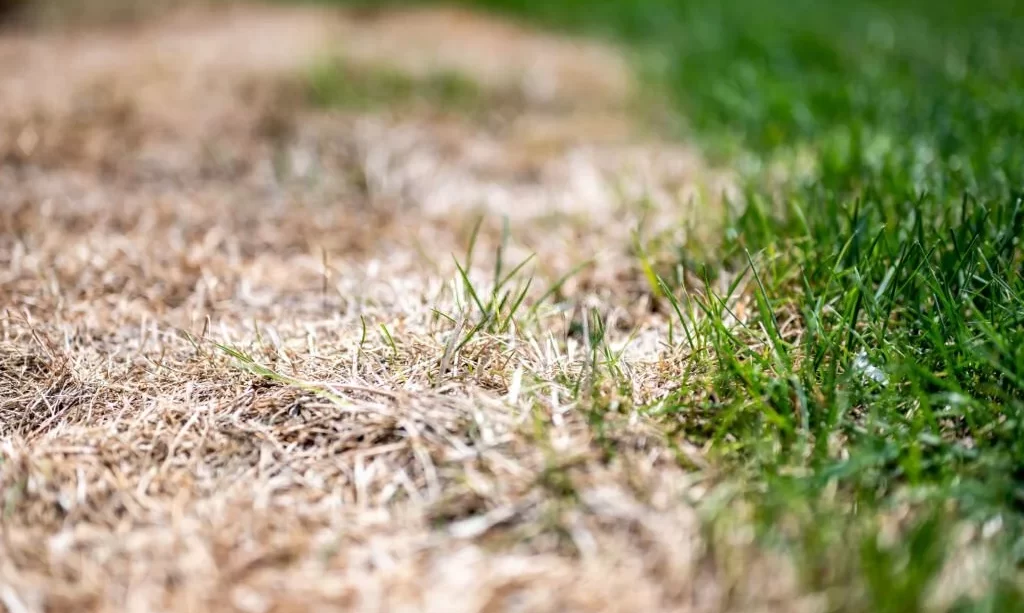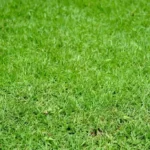Maintaining a lush, green lawn goes beyond regular mowing and watering; it’s about understanding the foundation beneath the blades of grass. Soil pH plays a crucial role in the health of your lawn, influencing nutrient availability and overall vitality. In this guide, we’ll delve into a common issue: acidic soil. One of the indicators that your lawn might be craving a pH boost is the appearance of yellowing grass. Let’s explore how this seemingly simple sign can unveil a deeper issue and how lime can come to the rescue.
- All Natural Fast Acting Lime Approved For Organic Gardening
- 5 Times The Coverage Of Regular Pelletized Limestone
- Dust Free Formula Adjusts Ph Fast (Just 6-8 Weeks)
- No Assembly Required
Yellowing Grass
Picture this: you step onto your front yard, expecting a carpet of vibrant green, but instead, you’re greeted by patches of yellowing grass. This visual cue is your lawn’s way of signaling an imbalance in soil pH. When the soil becomes too acidic, essential nutrients like nitrogen become less available to your grass. The result? Yellow or pale green grass blades, indicating a nutrient deficiency. Fortunately, lime acts as a soil superhero, swooping in to neutralize acidity and revive the verdant beauty of your lawn.
Slow Grass Growth
Have you noticed your lawn playing hard to get when it comes to growth? Slow grass growth is often a symptom of an acidic soil environment. When the pH level is off-kilter, essential nutrients become less accessible to your grass, hindering its growth potential. Lime steps in as the problem solver, creating a soil environment where nutrients are more readily available. By addressing acidity, you pave the way for a robust lawn that thrives and grows with vitality.
Water Runoff Issues
Imagine watering your lawn, only to see most of it wash away as runoff. This frustrating scenario can be linked to acidic soil. When the soil is too acidic, it tends to compact, reducing water absorption capacity. The result? Excess water runs off the surface, leaving your grass thirsty and your efforts futile. Lime comes to the rescue by enhancing soil structure. It helps to loosen compacted soil, allowing better water penetration and reducing runoff issues. A well-balanced lawn starts with soil that can absorb and retain water effectively.
Soil Test Importance
To truly understand the needs of your lawn, a soil test becomes your secret weapon. Regular soil testing is a proactive measure in maintaining a healthy lawn. It provides insights into the pH levels, nutrient composition, and overall soil health. Knowing your soil’s status allows you to tailor your lawn care approach. When it comes to tackling acidity, a soil test is your compass, guiding you on how much lime your lawn needs. It’s the first step in the journey to a flourishing, green oasis right outside your door.
Precautions and Best Practices
While lime is a powerful ally in maintaining a balanced lawn, handling it requires a bit of care. When applying lime, consider wearing protective gear such as gloves and a mask to avoid skin and respiratory irritation. Additionally, ensure proper ventilation during application. Overapplication can have adverse effects, so follow recommended dosage guidelines. Remember to keep pets and children away during application and water the lawn afterward to facilitate the absorption of lime. By taking these precautions and adhering to best practices, you ensure a safe and effective lime application for your lawn’s well-being.
Conclusion
In the intricate dance of lawn care, lime emerges as a key partner, addressing the often overlooked but critical aspect of soil pH. Whether your grass is whispering its distress through yellowing blades or you’re grappling with water runoff issues, lime stands ready to restore balance. Regular soil testing becomes your roadmap, guiding you to the right amount of lime needed. So, let’s wrap up this journey toward a healthier lawn. By recognizing the signs, taking preventative measures, and incorporating lime into your lawn care routine, you’re not just nurturing grass; you’re cultivating a vibrant, resilient landscape that welcomes barefoot walks and lazy afternoons. Here’s to a thriving, lime-infused lawn that becomes the envy of the neighborhood!




